Exploring the Versatility of 315 MHz RF Receiver Transmitter Remotes
The realm of wireless control is vast, and at its core lies the 315 MHz RF receiver transmitter remote. This category encompasses devices designed to facilitate remote operation across a spectrum of electronic equipment. Far from being limited to conventional household gadgets, these remotes have evolved to serve an array of applications, reflecting the advancements in the Internet of Things (IoT) and smart device interconnectivity.
Types and Compatibility
Understanding the diversity of RF remote controls is crucial for selecting the appropriate model. These devices are not one-size-fits-all; they range from universal remotes capable of commanding multiple devices to specialized units designed for a single function. Compatibility is a key consideration, as remotes must align with the devices they intend to control, whether it be entertainment systems, home automation, or other wireless-enabled gadgets.
Applications Across Industries
The application of 315 MHz remote controls extends beyond the living room. In commercial settings, they operate security systems and entry gates, while in industrial environments, they can control machinery or drones. The versatility of these remotes is also evident in personal transportation, where they contribute to the seamless operation of car locks and garage doors.
Features and Design
Modern RF receiver transmitter remotes boast features that enhance user experience. Ergonomic design, extended battery life, and increased range are just a few attributes that cater to convenience and efficiency. Additionally, the integration of rolling code technology ensures secure communication between the remote and receiver, mitigating the risk of interception or unauthorized access.
Materials and Durability
The construction of wireless RF remotes often involves a combination of plastics and metals, chosen for their durability and ability to withstand frequent use. The internal circuitry is designed with precision to maintain signal clarity and prevent interference, ensuring reliable operation across various environments.
Advantages of 315 MHz Technology
The adoption of 315 MHz technology in remote controls offers several advantages. Its signal penetration capability makes it suitable for use through walls and other obstructions, providing a stable connection. Furthermore, the frequency is less crowded than others, which reduces the likelihood of signal interference, ensuring commands are transmitted with accuracy and consistency.
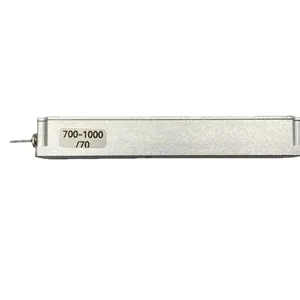

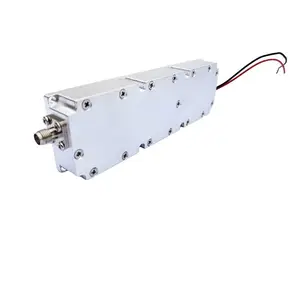

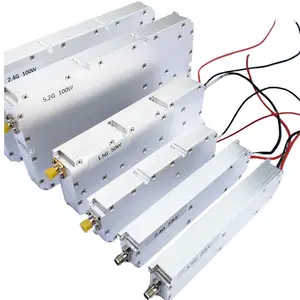






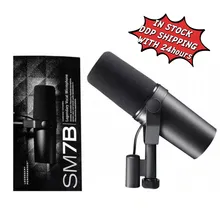



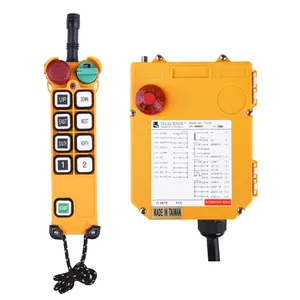

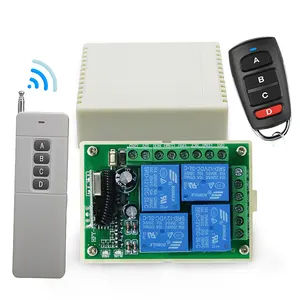
























 浙公网安备 33010002000092号
浙公网安备 33010002000092号 浙B2-20120091-4
浙B2-20120091-4